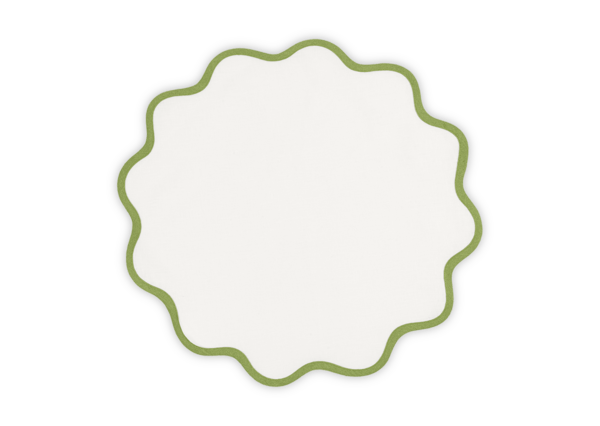Table linens are transformative.
They can turn an everyday meal into a memorable affair or can make a special occasion dinner party into a truly elegant affair. They are not just decorative -- tablecloths will protect your table from spills and scratches, while fabric napkins will protect your clothing from a dropped morsel or splash of red wine.
Caring for table linens can be intimidating, with the potential for wrinkles, stains, and fabric damage, however if you start with a quality product and follow a few simple fabric care rules, your table linens can last for generations.
First, let’s understand the difference between cotton (or a poly cotton blend, such as our Savannah Gardens style), which is typically used for every day, and linen (like our Casual Couture collection), which can be used for every day, but is almost always used for more formal occasions.
Both cotton and linen are vegetable fibers. Linen is stronger, smoother, and lint-free. It wrinkles more easily than cotton, but also presses easily. Unlike cotton, which is softer and fluffier, linen has a bit of a luster, which is why it looks so beautiful against fine china and silver. Because linen is strong (though fine), linen tablecloths and napkins traditionally been passed down from generation to generation as family heirlooms. Cotton is easier to maintain, which is why it tends to be used more frequently for every day.
Furthermore, the newest additions to our table linen collection - Chamant and Calypso - are made of a remarkable linen, polyester blend that looks and feels like pure linen, yet requires so little upkeep that it can go straight to the table from the dryer - no ironing necessary. Chamant and Calypso are special in that they will endure as an heirloom, carrying the history of both casual everyday meals and elegant holiday celebrations.
When shopping for everyday table linens, we recommend selecting a cotton fabric or poly cotton blend, such as those made by Matouk. Poly cotton wrinkles less than pure cotton.
The best way to clean cotton table linens is to wash them alone using a regular wash (hot water/cold rinse) and regular dryer cycle. Once the cycle is complete, remove the linens from the dryer and fold them. For Matouk’s everyday poly cotton linens or polyester linen blend, no pressing is needed.
For tablecloths and napkins made from linen, wash alone using a gentle cycle with a cold wash and cold rinse. Dry at low speed and remove immediately to avoid wrinkles. Iron or steam out. And while it may be tempting to send your table linens out to the dry cleaners, it’s best not to do so.
To remove stains, apply Shout or another stain remover to the affected area as soon as possible and allow it to soak for 15-20 minutes. Launder as usual. If the stain persists, repeat the process prior to heat drying.
As for storing your table linens, everyday tablecloths and napkins can be folded and placed in a drawer. Formal tablecloths and napkins—or any made of linen—should be wrapped in tissue paper, placed in a box, and then put into a dry drawer. This will help avoid wrinkles and maintain the product for the long haul.










